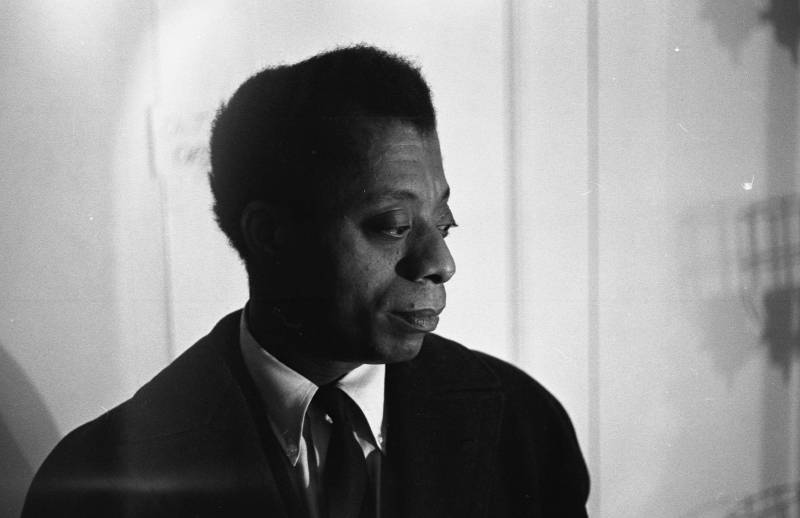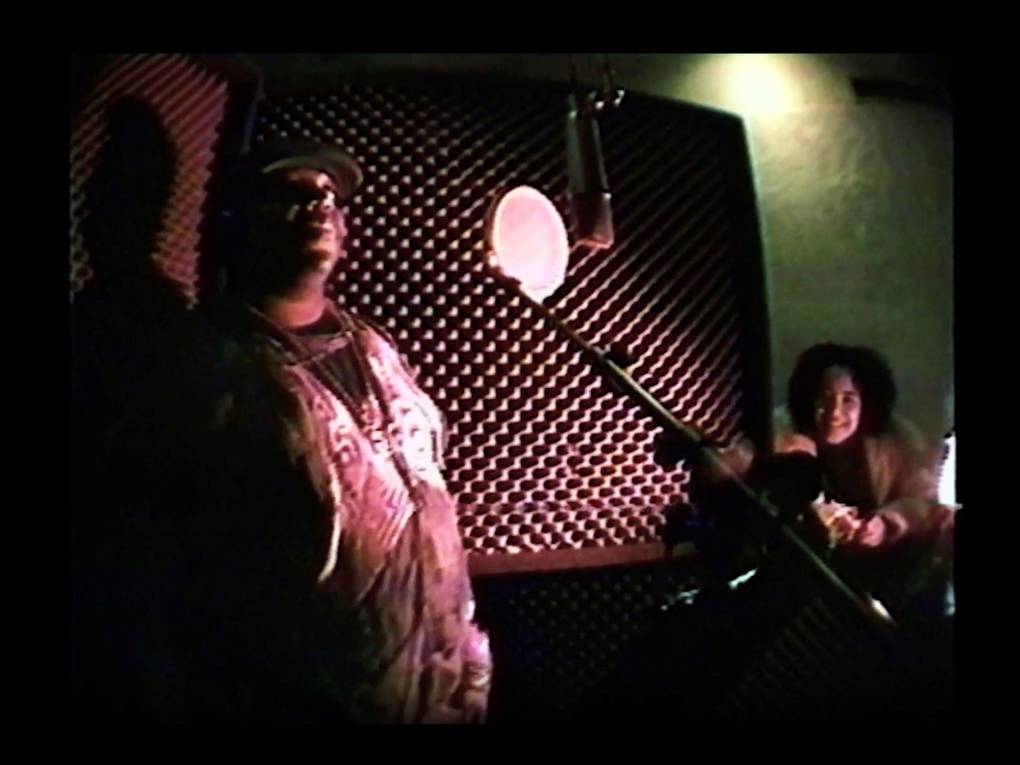Newton went on: “Comparing San Francisco with blemished racial conditions elsewhere, [Baldwin] says … ‘Nobody wants to destroy the image of San Francisco.’ But Baldwin destroys it in this film. He takes ‘this hammer’ and beats venom out of the Negro problem.”
Getting the controversial documentary into people’s homes had, for months, already posed a serious challenge for the KQED Film Unit who made it. “The Board of Directors of KQED … were reluctant to broadcast the program as originally filmed,” director Richard O. Moore recalled in 2012 interview with the Bay Area Television Archive. “All of this resulted in a very painful compromise of cutting out about 15 minutes of the film. They didn’t want to project the fact that there was a great deal of unrest in the Black ghettos in San Francisco.”
Moore’s willingness to cut the footage in order to get some form of the project on air so irritated Baldwin that the writer never spoke to Moore again. “Which from my perspective,” Moore noted in 2012, “was a tragic loss. From his, it was ‘good riddance’ probably. Who knows? This was a minor incident in his life, whereas it was a rather important incident in the life of, say, the KQED Film Unit.”
The documentary consists of interviews with local people and analysis from Baldwin, peppered with footage Moore and his crew shot while driving around the city with cameras mounted to a station wagon. The entire film is stark, unyielding and straight to the point. Black residents of San Francisco had plenty they wanted to share with Baldwin and outside viewers.
“In the way that I’ve been looking at it, Hunters Point is just like being in Alabama right now,” one woman tells Baldwin.
Another states: “Young people go to school together, they graduate off the same stage and then, when it comes to jobs, the Black face is not qualified. Then my daughter has to go clean up the same girl’s house that she graduated with.”
A teenage girl talks about the city’s “redevelopment” of Black neighborhoods. “There ain’t gonna be no place when they get through,” she says. “We’re gonna be living out here on the streets in tents.”





